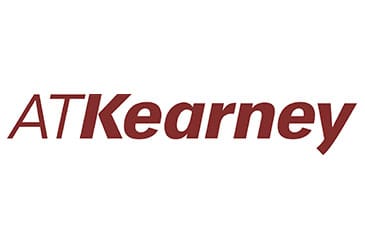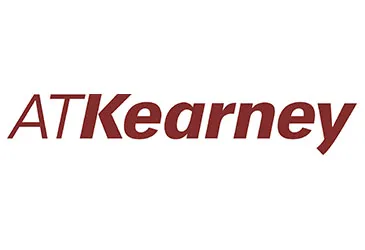CHICAGO — Global retailing remains a paradox. Even as social media and ecommerce fuel the evolution of a truly global consumer, retailing in emerging economics continues to be affected by local realities such as Internet connectivity, availability and cost of labor, and government factors ranging from taxation policy and trade wars to armed conflict. These are the findings of A.T. Kearney’s 2019 Global Retail Development Index (GRDI), a bi-annual study of the global retailing landscape.

Retailers, consumer goods manufacturers, and international service providers rely on the GRDI as the definitive source for understanding which economies are growing, stagnant or declining, and why. The 2019 GRDI ranks 30 developing countries – selected from a list of 200 nations – based on three criteria: achieving a “Country Risk” score above 35; having a population of at least five million; and enjoying a per capita GDP of more than $3,000.
This year’s findings explored important factors such as:
- Despite sanctions from the U.S. and its allies, urban Russians still enjoy High Street shopping.
- China’s retail sector – valued today at USD $3.8 trillion and expected to reach USD $6.6 trillion by 2024 – is characterized by a blurring of the line separating offline and online retail, a model known in China as “New Retail.”
- The picture for global brick & mortar retailers doing business in China is promising. Tim Hortons opened its first Chinese outlet in February 2019 and will add 1,500 locations over the next 10 years. This June, Aldi opened its first Shanghai store and a month later Costco’s opened its first Chinese branch.
- Saudi Arabian government’s decision to provide increasing freedoms to women is expected to increase women’s labor force participation to 25% by 2020 and 30% by 2030.
- The continued growth potential of the Indian economy and retail market has attracted various international retailers, such as IKEA, Under Armour, American Eagle Outfitters, Miniso, Ted Baker, Go Sport, Replay and Hummel.
- Thirty eight percent of Ghanaians have access to Internet services. Though that is a relatively small number, most of them are middle class consumers who are interested in modern retail. In April 2019, DHL, launched DHL Africa eShop, an e-commerce app that brings more than 200 U.S. and U.K. retailers online to 11 African counties, including Ghana.
- Brazil’s e-commerce sector has also continued to expand despite economic woes, and is expected to grow at a 5 year CAGR of nearly 11% to $ 34 billion by 2024. The online share of national chain retail sales is also set to expand.
“This year’s GRDI surfaced sometimes subtle, but critical, trends,” said Greg Portell, an A.T. Kearney Partner and head of the Consumer practice. “In emerging economies, we see a growing consumer demand for modern retailing. And, in advanced economies such as India and China, we see the future of retail—markets appealing to local tradition operating alongside modern global retailers.”
To learn more, read the full report here.









